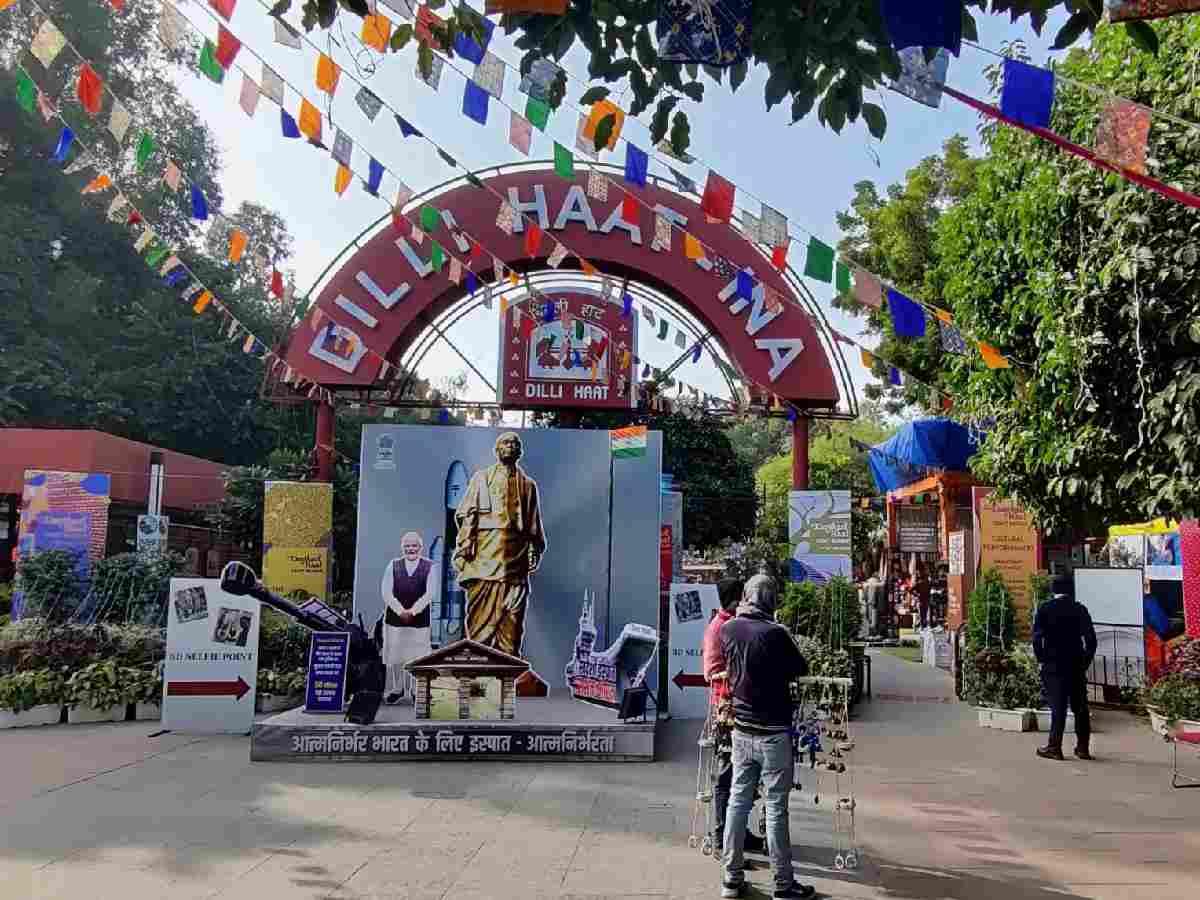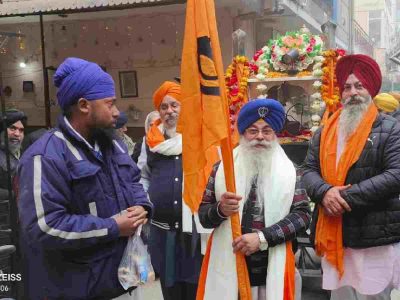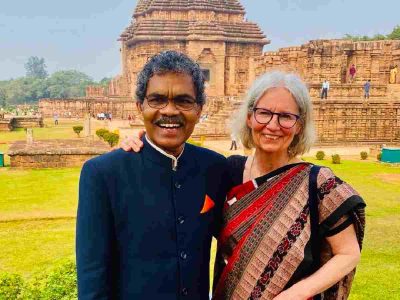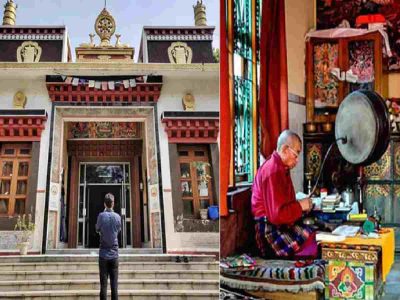For businessman Ashish Verma, a visit to Dilli Haat with his wife is a cherished ritual whenever relatives stay at his Delhi-6 home. It’s a place with magnetic appeal; after just one visit, Verma notes, his relatives often return on their own during subsequent trips to the Capital.
Located on Sri Aurobindo Marg in South Delhi, Dilli Haat has firmly established itself as one of India’s most iconic cultural and commercial hubs, drawing locals, tourists, and artisans alike. Its journey to prominence is a story of vision, collaboration, and a unique blend of tradition and contemporary charm.
Feast for the senses
Established in 1994 and fully operational by 1995, Dilli Haat recently completed its three-decade journey, providing countless moments of joy to its visitors. For many first-time tourists in Delhi, a trip to Dilli Haat has become almost mandatory.
It’s a vibrant microcosm of India, where artisans from across the country showcase their wares. Here, one can savour everything from Sikkim’s momos and Nagaland’s bamboo hot chicken to Jammu’s kebabs, Maharashtra’s shrikhand, and Gujarat’s delectable dhokla – a true feast for the senses.
Building over a drain
Much of Dilli Haat’s enduring appeal can be credited to its architect, the late Pradeep Sachdeva. Dilli Haat was his first significant project in the capital, and it presented a unique challenge.
Delhiites now in their middle age might recall that the site was once occupied by a large, unsightly drain. Transforming this into the bustling marketplace it is today required considerable ingenuity. Sachdeva skilfully overcame this challenge.
He possessed a deep understanding of India’s rural aesthetics, drawing inspiration from village life. This is evident in the Haat’s design. The roofs are kept low, mimicking traditional village homes, and the layout offers visitors an insight into India’s rich, continuous traditions of handicrafts and handlooms. He deliberately avoided plastering the brickwork, enhancing the rustic feel.
“I remember Dilli Haat was built over a drain. It was a challenge for Sachdeva and his team. The drain was first filled and then construction was started for the Dilli Haat,” recalls Sunil Negi, an author and an old resident of South Delhi.
In a past interview, Sachdeva shared that before finalising the Dilli Haat design, he spent time in dozens of villages interacting with artisans. This immersion allowed him to create such a vibrant and authentic marketplace.
His design philosophy was rooted in common people, everyday life, and the environment, reflecting reality in its natural essence. The design thoughtfully recreates the charm of a traditional Indian village market while catering to modern urban sensibilities.

Sachdeva also designed the Garden of Five Senses in Said-ul-Ajaib and Emporia Plaza on Baba Kharak Singh Marg. Though he passed away in 2020, Sachdeva gifted Delhi a truly ‘happy place’ with Dilli Haat.
How Dilli Haat captured hearts
Dilli Haat was established as a joint initiative by the Delhi Tourism and Transportation Development Corporation (DTTDC), the Government of Delhi, and the Ministries of Textiles and Tourism, Government of India.
The concept, championed by craft activist Jaya Jaitly, founder of the Dastkari Haat Samiti, aimed to empower rural artisans by connecting them directly with urban consumers, bypassing exploitative middlemen. This foundational principle resonated strongly with both creators and customers.
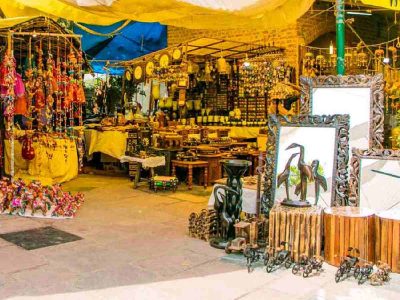
Unlike traditional temporary weekly “haats”, Dilli Haat was conceived as a permanent yet dynamic marketplace. It successfully brought the vibrancy of rural India—its crafts, cuisine, and culture—into the heart of the metropolis. This fusion appealed immensely to Delhiites and tourists seeking authentic Indian experiences.
“The market features handicrafts like rosewood carvings, silk fabrics, brassware, and camel hide footwear, alongside a food plaza offering regional delicacies from across the country,” says Rajni Gulati, a resident of Paschim Vihar. “It’s like a mini-India under one roof.”
Also Read: Lodhi Colony at 80: Where nostalgia lives in brick and paint
Regular cultural events, including folk music and dance performances, further cemented its reputation as a cultural hotspot.
Accessibility and evolution
Dilli Haat’s strategic location has been key to its success. The opening of the nearby INA Metro Station on the Yellow Line in 2010 significantly boosted footfall.
“I visit Dilli Haat twice a month with my wife and son via Metro. We board at Vinod Nagar and reach INA station within 20 minutes,” shares journalist Saurabh Agrawal.
In its early years, Dilli Haat gained traction through word-of-mouth and media coverage.
“Tourists raved about its offerings, while locals embraced it as a weekend retreat. Over time, its reputation grew organically, bolstered by endorsements from travel guides, bloggers, and cultural enthusiasts,” notes a DTTDC official.
The market continuously evolved, adding wheelchair accessibility by 2003 and expanding with new branches in Pitampura (2008) and Janakpuri (2014), keeping it relevant. This blend of shopping, dining, and entertainment made it a beloved one-stop destination.
Inside the Haat
Dilli Haat INA features 62 stalls – a mix of permanent shops and rotational spaces ensuring variety. Stalls are typically modest, circular or rectangular, arranged in clusters connected by paved alleys and interspersed with small green patches, fostering a sense of community.

Rotational stalls, allocated for 15 days, allow artisans from different regions a chance to showcase their work.
An open-air amphitheatre hosts cultural performances, adding vibrancy, while a large exhibition hall displays handlooms and handicrafts during special events. A dedicated play area caters to families.
The food plaza, with 25 stalls representing India’s diverse culinary landscape, is strategically placed, its enticing aromas drawing visitors deeper into the complex. The use of materials like red sandstone, Kota stone, and bamboo creates a warm, earthy aesthetic, balancing visual appeal with functionality – offering shade, seating, and clear pathways.
Dilli Haat’s enduring popularity stems from its remarkable ability to preserve India’s cultural heritage while adapting to urban life.
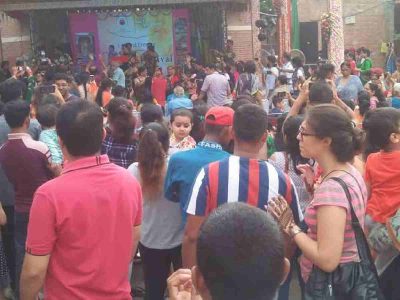
“From its humble beginnings built over a drain, it has grown into a symbol of India’s diversity and resilience, a testament to the power of thoughtful design and a meaningful mission,” reflects Lokesh Jain, a prominent theatre activist in the capital.

